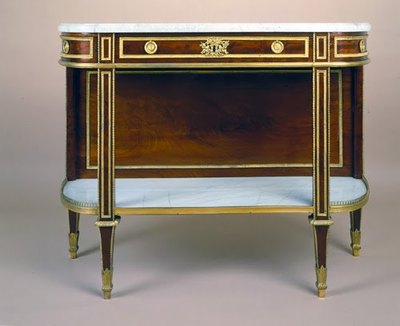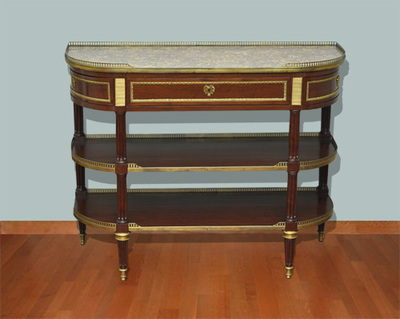 Monet’s Beach at Pourville, stolen from the National Museum in Poznan, Poland, about 10 years ago, has been recovered. And police have arrested the thief, who has apparently confessed to the crime.
Monet’s Beach at Pourville, stolen from the National Museum in Poznan, Poland, about 10 years ago, has been recovered. And police have arrested the thief, who has apparently confessed to the crime.
According to the Art Loss Register, the painting has been on many “Top Ten” lists of stolen works for years. At the time it was stolen, the painting was valued at £615,000, and it’s probably worth more today.
In the theft, the painting was cut from its frame and replaced with a poor copy (painted on cardboard, ALR says). Fingerprints from the suspect, who is 41, helped police nab him, as did other traces he left behind in the museum.
Monet painted the work, one in a series, in 1882, and the museum — then in Germany — bought it in 1906.
Here’s a link to the article in The News, Poland.
Photo: Via Art Loss Register





 6) If deaccessioning is allowed, trustees will regularly leap to it, changing “the board’s perception of its fiduciary responsibility to one more focused on asset management than philanthropy.” Ah, yes — the slippery slope. Here I must question whether the right people are on boards, for the right reasons, and — equally important — the relationship between the director and trustees.
6) If deaccessioning is allowed, trustees will regularly leap to it, changing “the board’s perception of its fiduciary responsibility to one more focused on asset management than philanthropy.” Ah, yes — the slippery slope. Here I must question whether the right people are on boards, for the right reasons, and — equally important — the relationship between the director and trustees.
